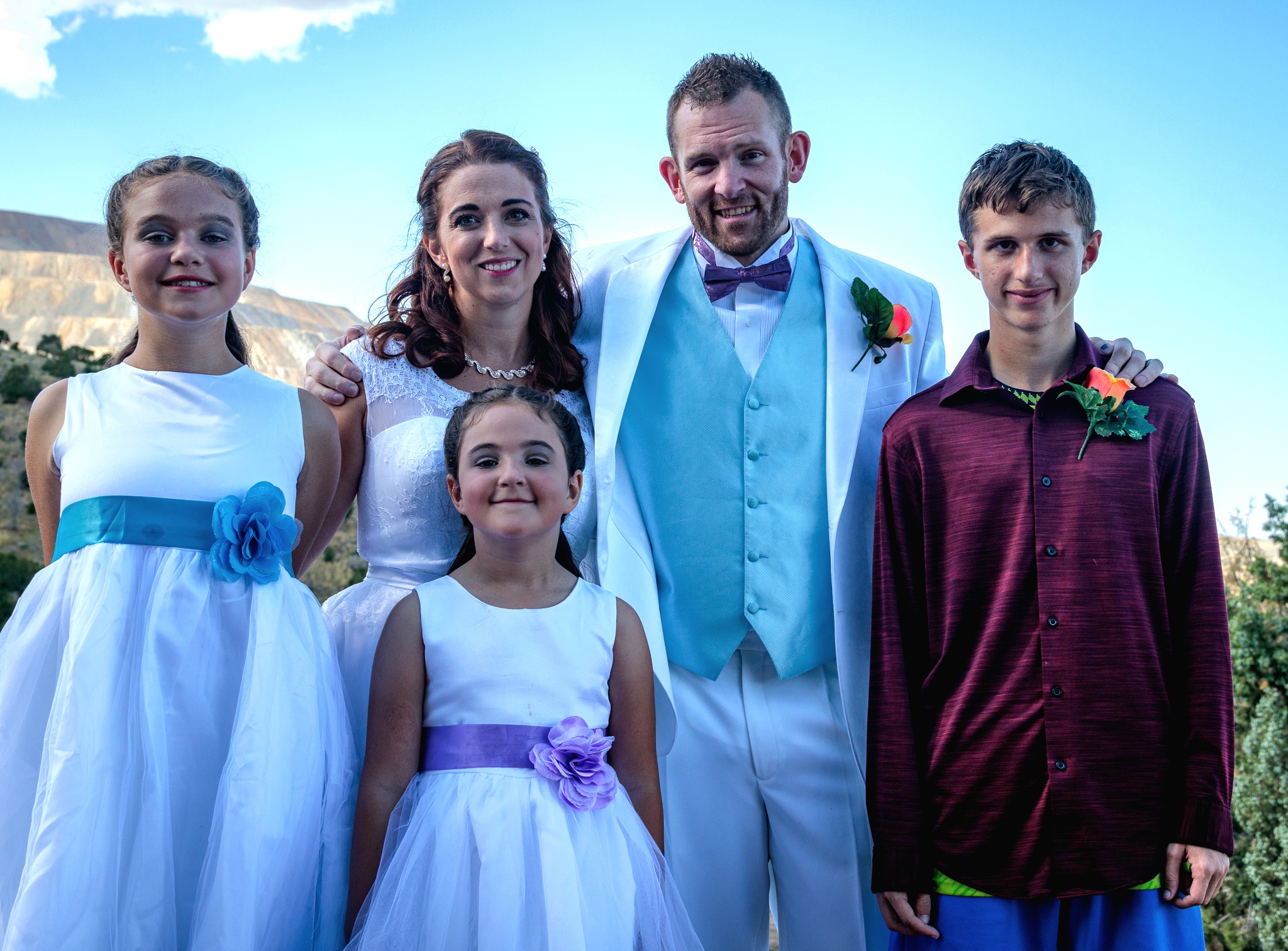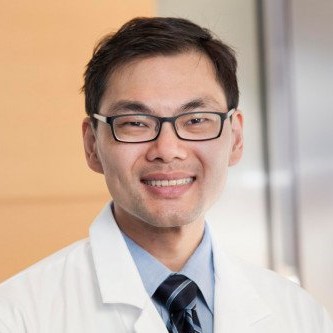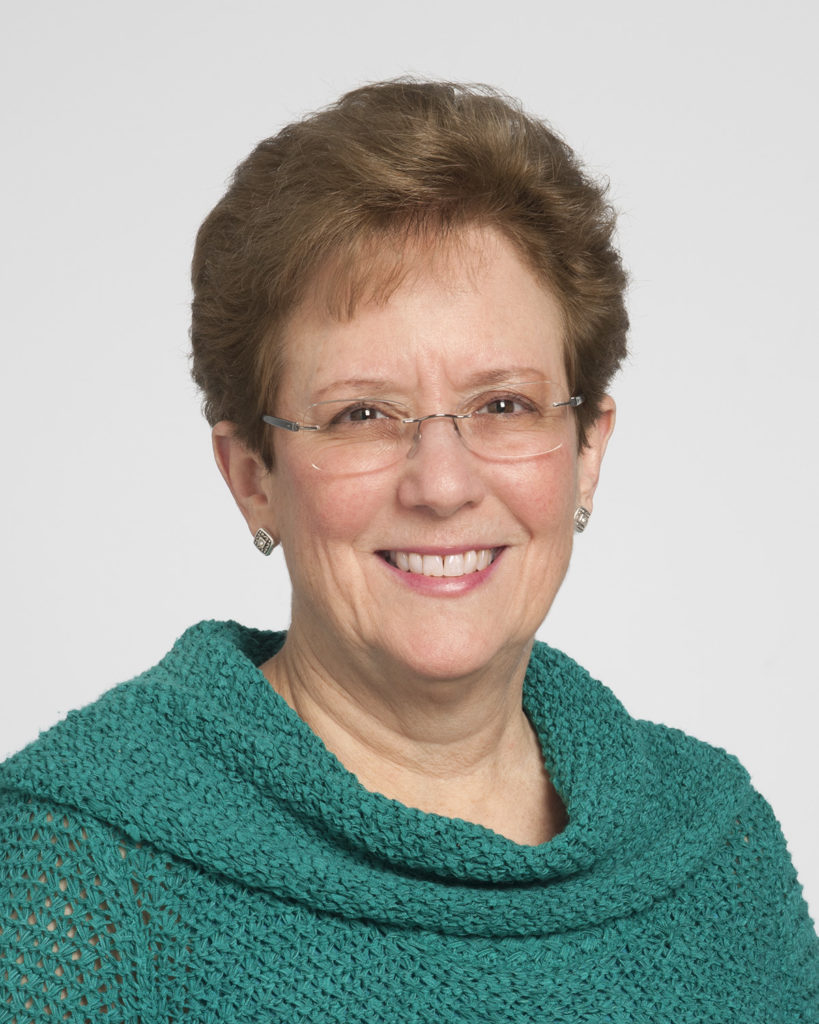
Amanda hopes her cancer journey is a positive example for her kids
April 22, 2024
This is a guest post by Amanda Reitz, a mother of three children who were 13, 9, and 5 years…
Read More
By D’Ann George, PhD, Medical Writer

When talking to people about clinical trials, Dr. Chung-Han Lee, an oncologist and kidney cancer expert at Memorial Sloan Kettering Cancer Center in New York, hears many of the same concerns: “Am I sick enough? Does this mean that I’m at the end of the line? Does doing a clinical trial mean that I have no other options?”
But the number one concern Lee hears from patients, he said, is: “Are you doing this because you want to help me, or are you doing this simply for research?”
Lee, who is also a member of KCA’s Medical Steering Committee, answers these questions by explaining that clinical trials operate under the strict supervision of institutional review boards, or IRBs. These boards—made up of scientists, doctors, nurses, and at least one unaffiliated community advocate–protect the interests of people who participate in biomedical research.
“[The medicine] has to be the most promising thing that we can think of and that we hope is better than anything else that we have. These [IRBs] are safeguards to try to make sure that the patient’s interests are well protected,” Lee said.
Most modern cancer trials no longer contain a placebo arm, another frequent concern of many people, according to Lee. In the past, some trial designs in cancer and other medical fields tested the effectiveness of a drug by comparing a group of participants who received the novel therapy to those who received no treatment, or a placebo.
“[The medicine] has to be the most promising thing that we can think of and that we hope is better than anything else that we have.”
In most randomized clinical trials today, all participants receive some type of therapy, though some may receive the standard therapy while others get something new, for the purpose of comparing their relative effectiveness. For a non-randomized clinical trial, everyone receives the study treatment.
“In the end, the [IRB’s] function is to make sure that we’re properly communicating risk and making sure that whatever we are actually doing is going to be ethical,” said Lee. Risks might include, for example, side effects and toxicities ranging from mild to severe or even life-threatening, that require further management by the clinical team.
The risks associated with a clinical trial are detailed in a consent form that patients must read and sign before participating. The federal Office for Human Research Protections recommends that the language of a consent form be easy-to-read and understandable so that people can make an informed choice about whether participating is in their best interest.

Still, the sheer word count in consent forms can be daunting. According to a recent study by the Society for Clinical Research Excellence, the average oncology consent form is well over 7,000 words. Clinical research nurses and staff often help patients read and understand these complex documents, said Laura Wood, an oncology nurse with 30 years of experience working on clinical research teams and a member of the KCA’s Clinical Advisory Board.
In addition to understanding a consent form, there are many things to consider before joining a trial.
“We ask for a lot from patients and their families [who participate in trials],” Wood said. “We ask for additional time for visits because we need to see literally how they are tolerating treatment, to make sure they are following the recommended treatment and dosing.”
People may also have to respond to surveys, keep diaries, or talk to multiple providers about their experience tolerating the new therapy.
The cost and many inconveniences of participating in a trial may also deter some people, said Wood, particularly if they have to commute a lengthy distance, don’t have access to family leave, or have young children at home. While trial treatment costs are typically covered by the clinical trial sponsor – usually the pharmaceutical company that manufactures the treatment being tested – this may not include standard care, which still falls to the patient and/or their insurance coverage. Seeking out resources to offset the financial burden of cancer care is additional work.
“It’s really like taking on a new job in which people get to tell you where you have to be,” Lee said. “There are new rules that you have to follow. And logistics comes into play in these types of things. I happened to be in New York City and getting across bridges and tunnels is not the easiest of things.”
Trial participants must also meet strict eligibility criteria established by IRBs and clinical research teams. Depending on the trial design, these criteria could include the stage and grade of a person’s cancer, previous treatments, and general health.
But for those willing and able to meet the extra demands of participation, a clinical trial can offer early access to a novel treatment that may not otherwise become available for years, said Wood.
Wood noted that despite the many advantages of clinical trials, a majority of patients’ care providers never approach them about participating, according to results of an unpublished survey by the advocacy group KCCure. Wood reported some results of this survey during the November 2022 International Kidney Cancer Symposium: North America in Austin, Tx. Both Wood and Lee agreed that clinical trials should also be part of the discussion when someone meets the criteria for one that is available.
For Mary Naimo, a patient of Dr. Lee, one unexpected benefit to participating in a clinical trial for her metastatic ccRCC was the sense of community that she experienced. “When you’re in a clinical trial . . . you see all these other people that are going through the same thing. You don’t know what treatments they’re getting, but you see the positivity from the receptionists, to the nurses, to the aids, to everybody that’s associated with that clinical trial.” When her trial ended after three years, Naimo felt like a significant part of her social life had ended too.
Tom Sullivan, another one of Lee’s patients with metastatic ccRCC, had a similar experience.
“You become very close to people. I met a dear friend and we connected and he was a very, very positive person. And we’d see each other, you know, we’d be in adjoining treatment rooms. And he and his wife, we’d go out to lunch between treatments.”
When Sullivan’s new friend, who had non-clear cell RCC, died after nine months, the loss was hard.
“I met a lot of people there. It was upsetting, you know, going down to a medical facility where you see young children. You see patients and you ask ‘hey, where’s so-and-so?’ And, oh, they, you know, they passed. So it was difficult.”
Sullivan and Naimo said that another benefit of joining their trials turned out to be exceptional health care.
“I’ve never had medical care that could match that attention to detail, to you as an individual, to your family,” Naimo said. “It was unbelievable what they do for you.”
“The clinical trial nurses were wonderful. They were very attentive, very comforting, very reassuring, very informative–if I had any questions,” Sullivan said. “Once you were there, it was like being home and you had people that were really qualified and cared for you.”
For both Naimo and Sullivan, Lee’s ability to communicate the potential risks and rewards of a clinical trial went a long way toward building their trust in him, and ultimately, their decision to join aclinical trial.
Find a list of questions that you should ask your health care provider before joining a trial here.